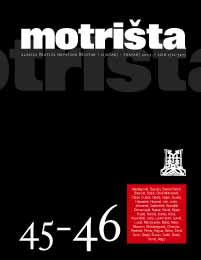
In the Apocryphal Literary Reality
U Apokrifnoj književnoj zbilji
Review of: Proslov knjizi Pristupi i prosudbe – Djelo Šimuna Šite Ćorića u kritičkim odrednicama (uz 30 godina književnog rada), Naklada DHK HB i FRAM – ZIRAL, Mostar 2008.
More...
Review of: Proslov knjizi Pristupi i prosudbe – Djelo Šimuna Šite Ćorića u kritičkim odrednicama (uz 30 godina književnog rada), Naklada DHK HB i FRAM – ZIRAL, Mostar 2008.
More...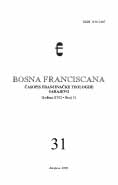
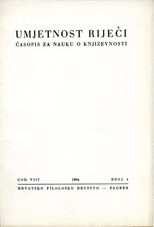
Uz izbor kritičke proze Tina Ujevića, VIII knjiga Hrvatske književne kritike, uredio Miroslav Vaupotić, izdanje Matice hrvatske, Zagreb 1964. Ima cijela jedna literarna mitologija, kavanski folklor, kolektivna i usmena legenda o piscima kojih djela nismo čitali. U nas je priličan broj takvih pisaca: i to s toga što djela ili nisu napisali, ili što ta djela nisu u dostupnijim i novijim izdanjima. Oni često i jesu pisci samo po tome što smatramo da bi to imali biti. Oni su često onakvi kakvi su potrebni u kakvoj efemernoj konetelaciji kavanske kulture. I što se manje zna nešto stvarno o piscu, to je on prikladniji da se o njemu priča. Tako nastaju pisci-legende. To je specifično naša ljubav prema književnoj tradiciji.
More...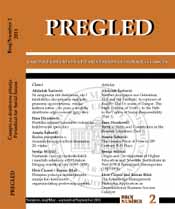
Keywords: Fourth estate; seventh power; agenda setting of media; newsworthy; media spectacle; infonautics
Contemporary media are becoming, to an increasing extent, democracy reduction instruments (instead of being instruments of democracy), thus causing radical changes in the interpretation of media as a fourth estate or the seventh power. Media agenda is progressively devised in accordance to interests and demands of political and economic elites, which reduces quantity and quality of information which the public uses for orientation in the realm of reality and world where public lives. In this article the author analyzes political consequences of such media situation and explains the concept of “infonautics”, as one of the mechanisms for the media control and protection by the public/ audience.
More...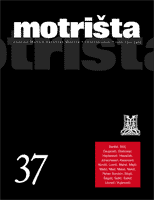

Keywords: ZAVNOBiH; ZAVNOBiH prize; The Day of Bosnia and Herzegovina’s statehood; The Day of the Republic; 25th of November
The ”ZAVNOBiH prize” was established in 1971 and was awarded for the first time two years later in 1973, on the occasion of the thirtieth anniversary of the First Session of ZAVNOBiH. This prize was firstly awarded to individuals and later to collectives who gave a ”remarkable creative contribution to the development of the Socialist Republic of Bosnia and Herzegovina”. Symbolically, the presentation of the award was connected to the state holiday of the Socialist Republic of Bosnia and Herzegovina, the 25th of November, which was established in 1969 with the goal of ”permanent marking of the historical significance of the First Session of ZAVNOBiH”. This can be viewed in a specific social and political context of that time, the process of gradual strengthening of the sovereignty of federal units compared to the federal centre. The ”ZAVNOBiH prize” was awarded from 1973 to 1991 and 438 individual and 25 collective prizes were awarded altogether. It is important to hint at the similarity between the celebration of the 25th of November and the presentation of the ”ZAVNOBiH prize” with the marking of the Day of the Republic on the 29th of November and the awarding of the ”AVNOJ prize”. Both events constituted an integral part of the culture of remembrance of Yugoslav society. From the end of the 1980-ies the prize gradually lost its importance as did the marking and celebration of the state holiday. After 1991 there is no more mention of awarding the ”ZAVNOBiH prize” even though the 25th of November remained as the The Day of Bosnia and Herzegovina’s statehood, which was confirmed by a legal decree from 1995.
More...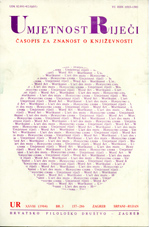
Novinski Matoševi dopisi iz Pariza 1900. ciklus su feljtona s tematikom svjetske izložbe. Autor se pojavljuje i ovdje kao flâneur unutar i izvan izložbenog prostora. Umjetnički feljtoni Matoševi dehijerarhiziraju sustav književnih vrsta, a u feljtonima Matoš razvija i svoje "panoramsko" viđenje svijeta. Osobitu pažnju posvećuje Matoš pojavama pučke supkulture (karikature, afiše, ekscentrizam) , prihvaćajući ujedno tekovine tehničke civilizacije. U vezi s time dehijerarhizira se u njega pojam ljepote koji će kasnije ogorčeno braniti u vrijeme programatskog nastupa futurističke avangarde.
More...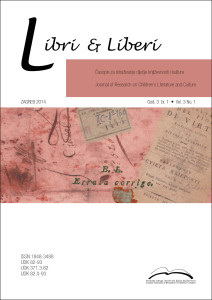
Keywords: perspective structure; actantial analysis; perspective strategies; TYA
The paper shows how the authorial choice of perspective influences the spectators’ understanding and the experience of performance, and how it can be used for educational and/or artistic purposes. Starting with Pfister’s (1998) categorisation of perspective structures, it focuses on the theatre for young audiences (TYA). The authorial choice of perspective is examined in the context of the inner structure of dramatic situation (Greimas’ actantial analysis). The results of an empirical investigation on the effects of experiencing dramatic action from different points of view are discussed with respect to perspective structures in TYA. The effects of perspective choices are further investigated using two examples (a performance and a play), which leads to the conclusion that the understanding of the effects each actantial position has on the viewer’s perception and understanding of the dramatic world can be used in planning perspective strategies in writing plays, and in preparing and analysing performances.
More...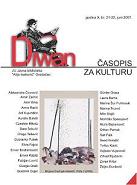
Keywords: Goran Samardžić; novel Šumski duh / The Forest Spirit; contemporary Bosnian prose; post-modernism; postmodern anti-utopianism; decadency of Socialism; model of multiple narrative codifying; narrative hybrid; sensory realism and the naturalism
Literary generation which started its affirmation in mid-eighties of the previous century, and to which Goran Samardžić belongs, introduced elements of postmodernism in contemporary Bosnian literature, and after the war, bending under the weight of tragic reality, has significantly left the postmodernist paradigm, and has turned towards new creative poetics. The study follows the evolution of Samardžić’s creation, in such, wider context, accentuating its most important values and, particulary, presents structural characteristics of Samardžić’s novel “Šumski duh” / “The Forest Spirit".
More...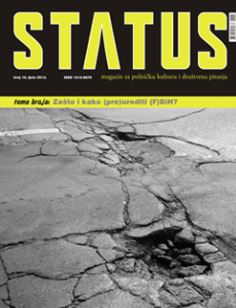
On je prvi u hermeneutici nastojao integrirati kritičku brigu u samu teoriju interpretacije. Unatoč mnoštvu različitih tema i problema koje obrađuje u svojim tekstovima, Ricoeurovu filozofiju uvjetno je moguće opisati kao samoreflektirajuću filozofiju u post-kantovskoj tradiciji, pri čemu refleksiju (promišljanje) treba shvatiti kao čin o kojemu subjekt, u trenutku intelektualne jasnoće i etičke odgovornosti, reflektira ujedinjujuća načela koja ga čine subjektom
More...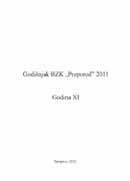
Keywords: Kranjčević; Silvije Strahimir; ethics of universal responsibility; hybrid poetics; cultural remembrance; social justice; poetical figures
The paper deals with poetry of Silvije Strahimir Kranjčević, recognizing in it all political and contextual cultural-historical characteristics. Besides, by this paper we try to recognize Kranjčević’s poetical step forward in terms of other poets of south-Slavic literature, representing all political elements characteristic to his peculiar poetical expression, but also representing even those poetical elements that put him in wider south-Slavic literary context. What was imposed as a special theme in this paper, however, the ethical engagement of this poetry, reflects in its hybridization as characteristic. We have tried to present the way of Kranjčević’s poetics development, starting from verses that have romantic character to those in which is visible his poetical step forward in terms of this poetics, turning it towards modern poetics expression.
More...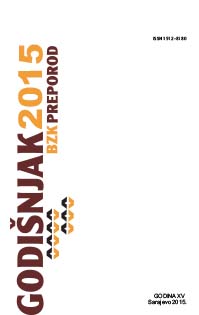
Keywords: Safvet-bey Bašagić; melodrama; poetic-dramatic poem; rethoric; pathos;
Throughout the history Bosnia and Herzegovina has constantly been exposed to great changes and adjustments. These areas were invaded and conquered by different people, always leaving behind them some of their customs, traditions and cultural heritage. Therefore, it is almost symptomatic that the art of this region oscillated in its ups and downs trying to sublimate its own constant of the value of individual works of art or dominance and significant impact of large art trends on these areas. Extremes, through which they have proved the thesis about the research related to diversity and the impact evaluation on its artistic creativity, have been oscillated from complete negation of the existence of any valid cultural heritage, to the significant studies. Those studies have affirmed the importance of the existence of art and literature in the specific conditions and various national environment. In the framework of literary-artistic creation, drama activity was in falling behind compared to European and world trends. Therefore, its existence even in the smallest segments was extremely important for historical review of continuous development of this genre. The beginning of Bosniak drama was marked by the activity of a prominent scholar, theoretician and intellectual leaders at the turn of the century - Safvet-bey Bašagić-Redžepašić (Mirza Safvet) (1870- 1934). A fragment of his first dramatic work Ali-Pasha was published in the journal Vienac in 1894. The other two texts Abulah-Pasha (1900) and Boj pod Ozijom (Battle by Ozija) or Krvava nagrada (Bloody Prize) (1905) as dramatic self-published poems, they definitely determined him as a writer of romantic style, socially and politically engaged intellectual and artist of Bosnia and Herzegovina.
More...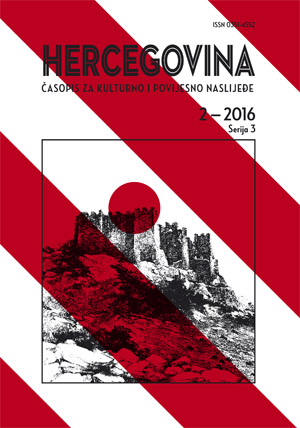
Keywords: the Majic hillfort; litzen and schnur ceramics; the Posusje culture; the Bronze Age; Drinovci; Herzegovina.
The Majic hillfort (k. 478) is located in Drinovci, the Municipality of Grude. According to documented basic field data, such as natural position, topography and preserved elements of architecture, the hillfort fits into the category of hillforts, which makes one of the more prominent forms of Bronze Age in the East Adriatic cultural region. During reconnaissance of a wide area of the Majic hillfort, in its northern part with isolated artificial plateau a variety of fragments of pottery vessels were found. Most of the collected fragments are atypical, without elements that would serve their accurate cultural and chronological attribution. But one fragment stands out above all by its ornamental characteristics, a vessel neck fragment decorated with impressed complex textile pattern. Its macroscopic analysis shows a decorating technique which includes impression of twisted double cords (newer version of decorating schnur technique). The motifs include a combination of corrugated and horizontally laid prints. In the observed cultural region, such decorations are closely related to Litzen technique of decoration. In the analysis of primarily ornamental features of the observed fragments we find its closest analogy to the Posusje culture, precisely its Sovici phase (the site known as a Triple hillfort). Chronologically, it refers to the second half of the Early and the beginning of the Middle Bronze Age (Reinecke: Br. A2 - Br. B1). Further evidence that favors the setting of a relative chronological frame was obtained in the exploration of multilayer sites Pod A2 and Varvara A3. Original basic Litzen decorating technique cannot be verified within the cultural space of the region. It is therefore assumed that it was brought from the north, i.e. from its indigenous space. As the most likely direction of the Litzen decoration spreading to the south is the north-south direction, while we currently do not have enough reliable data on the reconstruction of the mechanisms and the nature of the Litzen decoration spread, due to a find is without stratigraphic confirmation. Thanks to a priori its ornamental characteristics, the analyzed fragment is a strong and reliable chronological landmark in the observed cultural region.
More...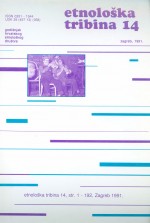
Keywords: pilgirmages; Croats; Hungarian Baranja; holy images; holy springs; vows;
In the first part of the text the author discusses pilgrimages and popular religiosity in general from theoretical and methodological aspects. In the second part the author presents data gathered during fieldwork among the Croatian population in the Hungarian part of Baranya. Using van Gennep’s and Tim er’s models the author discusses pilgrimage as a rite of passage and asserts that due to the vicinity of and frequent visits to sacred places Croatian pilgrimages have not had particularly prominent liminal elements. Taking William Christian’s typology of popular religion as a starting point the author then analyses Croatian pilgrimages as a form of the so-called pre-tridentine religiosity (religiosity of localized sacred images) in which, however, she recognizes certain elements of the so-called tridentine religiosity (religiosity not linked to special places). Pilgrimages are further analysed as communication with the sacred via prayers, requests and vows where the author pays special attention to the form of vows distinguishing ante and post interventum fulfillment of vows. Then, the author compares two types of pilgrimage, pilgrimages to great centers of the Marian cult, local and regional (e. g. Mariakéménd, Mariagyüd, Pécs) and pilgrimages to the so-called holy springs (e. g. Marâza, Mariakéménd, Baja). Both types are studied as complementary forms of communicating with the sacred. Finally, relying on theoretical literature the author offers an interpretation of popular mentality as stemming from popular religiosity of the Croatian people in the Hungarian Baranya.
More...Keywords: Western Slavonia; traditional culture; local and regional identity; fluid categories; ethnology;
During my field work in the region of Western Slavonia, I tried to establish, as accurately as possible regarding the postwar period in which the field work was performed, the 'existence' of traditional culture (or traditional cultures), or, in other words, the existence of cultural elements, which could represent a traditional culture. The region in question was exposed to frequent warfare, population migrations and different social, economic and cultural influences. Concerning its cultural or ethnic traits it does not present a unique or clearly identifiable whole, since, as a region, it represents a mixture of different identities. The preservation of cultural heritage exists mostly as shaped and re-shaped folklore treasure, is a part of consciousness of different cultural groups, and is very hard to find in the shape of 'original and indigenous' items of material culture. It seems that, in this context, the best-preserved cultural elements are coming from the folk beliefs, legends and mythologized past. Sudden and powerful social changes have sometimes broken the continuity and have changed, sometimes vitally, and in short periods of time, the cultural image of the area. New developments and new symbols have outlined the new identities - on the borderline between the real and the imaginary.
More...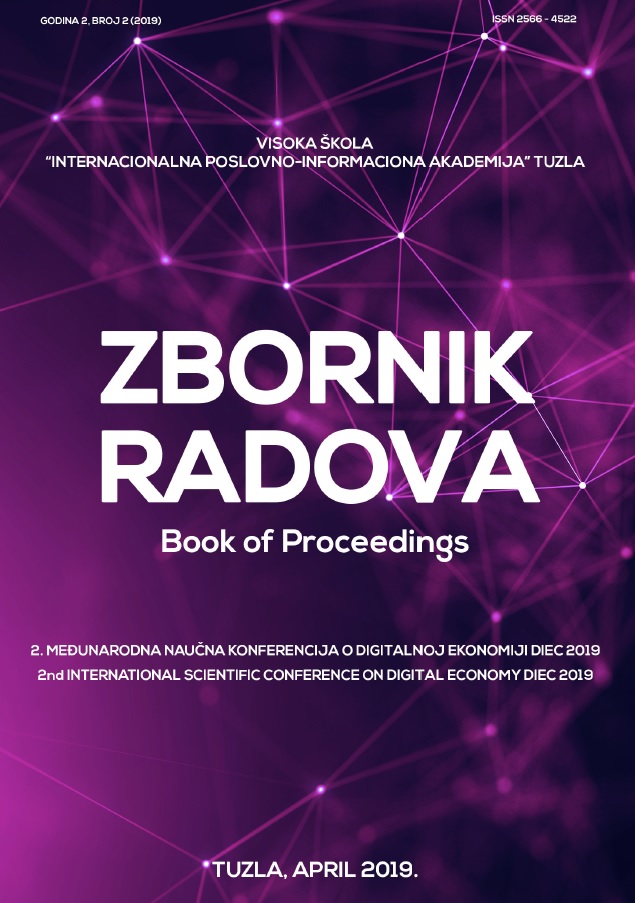
Keywords: marketing;communication;digital technologies;social issues;
Modern information technology takes the lead in relation to traditional media and advertising, and significantly changes the sender / receiver relationship, which has led to significant changes in marketing communication and business with potential buyers.The subject of this paper is electronic marketing or e-marketing, as a new branch of marketing, which implies marketing activities through the use of information technology.Unlike past passive roles he had during the use of traditional media when the message in the form of advertising and advertising was one-way, the buyer becomes an active recipient of information with the possibility of communicating with the sender. Interactivity is precisely imposed as a new marketing concept for advertising and sales purposes.The aim of the research in this paper is to explore new social issues that emerge through the use of digital technologies, particularly ethical, that relate to the influence of social trends based on the use of personal data as well as the protection of the same, the dignity and freedom of the individual as well as the functioning of the democracy of the digital society at all.
More...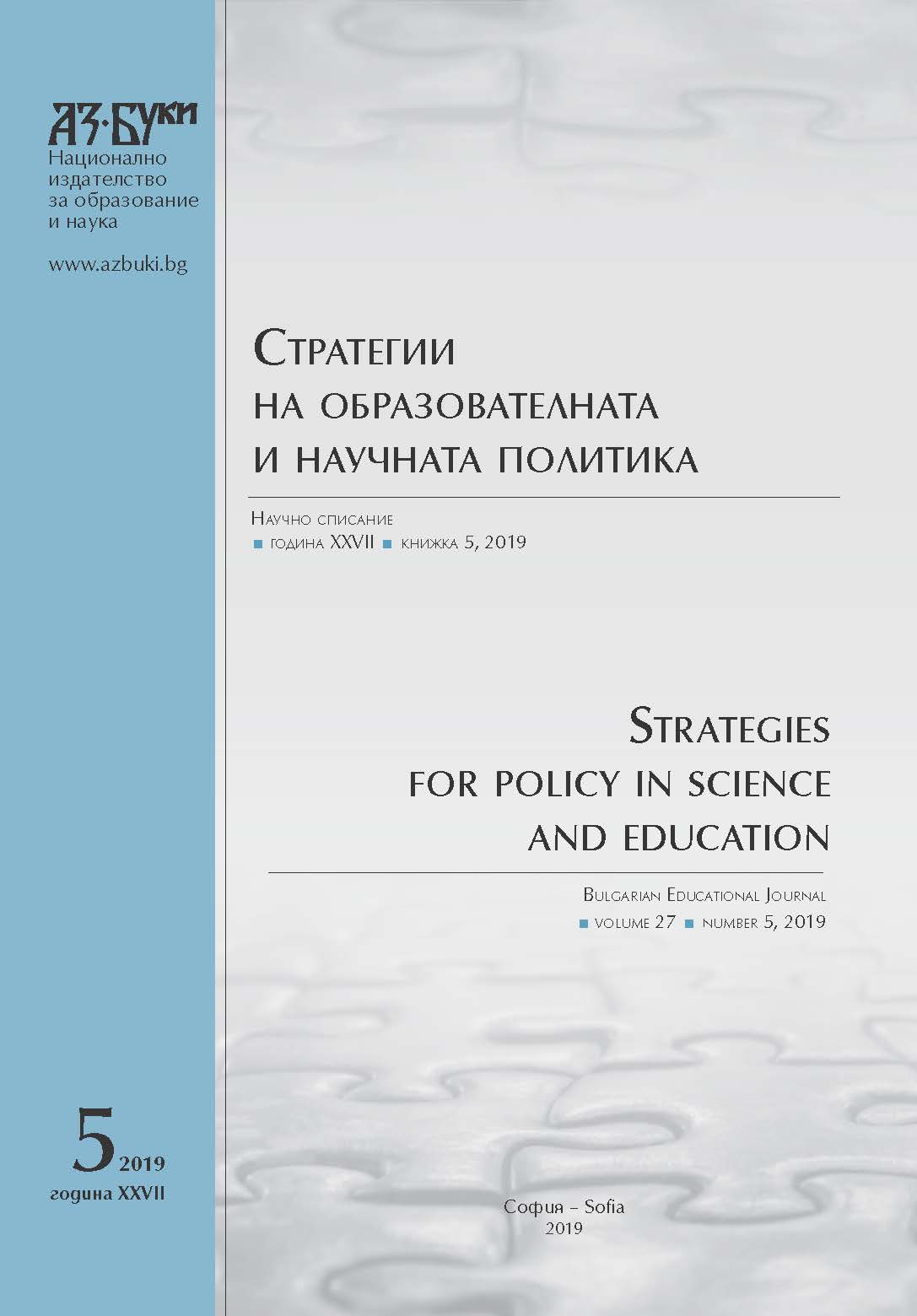
Keywords: marketing concept in higher education; educational product; educational service
The competition between higher education institutions in Bulgaria is growing and the practical realization of the marketing concept in the higher education system is becoming more and more urgent. Marketing is the key to creating and implementing a quality educational product. But there are different points of view in the interpretation of what the quality of higher education is, what the educational product is and how it differs from the educational service. The purpose of the article is to clarify the essence of these concepts. But the main focus is the argumentation of the need to adopt the marketing concept as a principle of management of higher education institutions. Specific actions are also indicated in this direction.
More...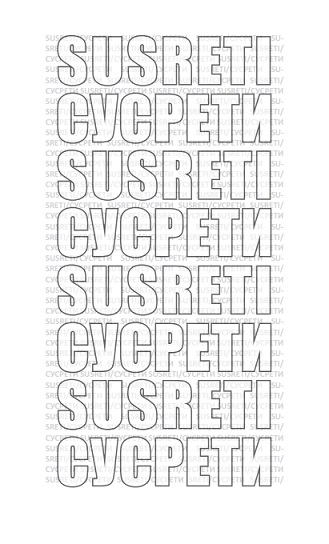
Keywords: The protagonists; Croatian drama; Mostar HNK; Two-decade duration; Drama Constituent; Institutional theater being;
Različiti protagonisti tvore kazališni čin koji kao takav čini specifično institucionalno biće. Autorski, redateljski, glumački, scenografski, kostimografski i mnogi drugi strukturni segmenti jedne kazališne ćelije, kao osnove institucionalne kazališne kuće, predstavljaju obilježje i komada, i grupacija istih. Hrvatska drama na sceni mostarskog HNK je u predstavama rađenim po njoj iznjedrila u dosta teškim okolnostima značajan broj protagonista. Bez obzira da li su oni bili stalni članovi ansambla ili su gostovali u jednoj ili više predstava ostavili su traga kroz dvoipodecenijsko trajanje mostarskog HNK. Među autorima hrvatske drame koji su najviše puta igrani na ovoj sceni su djela Mire Gavrana. Redateljski rukopisi po kojima se prepoznaju komadi hrvatske drame izvedeni na ovoj pozornici su oni koje potpisuju Joško Juvančić, Želimir Orešković i Robert Raponja. Glumačke stranice ovog dramatskog žanra na HNK-ovskoj mostarskoj pozornici su kreacije Tatjane Feher, Sande Krgo, Ante Vicana, Tonija Pehara i Joze Lepetića. Svi spomenuti protagonisti ispisuju četvrt stoljeća Kazališta koje baštineći hrvatsku dramu postaje značajan konstituent ove dramske strukture u Regionu.
More...
Keywords: Milko Valent's bibliography; autobiography; autoethnography;
Kao što je napisao za Uvod u autobiografiju Vinku Brešiću, »Zbog ograničenog prostora tekst Uvod u autobiografiju tek je sažetak moje autobiografije, zapravo skica cjelovite autobiografije, to jest ovaj tekst je u najvećoj mogućoj mjeri sažeta autobiografija i sažeta osnovna bibliografija, uz napomenu da je moja bibliografija ujedno i autobiografija.«
More...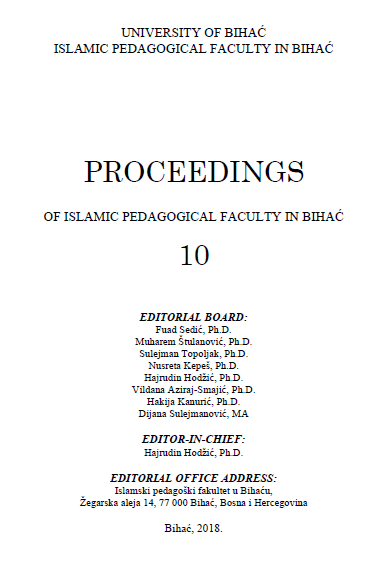
Keywords: risk factors; intervention; prevention; silent violence; bullying;
In order to point out the importance of studying the problem of bullying and prevention of the same, in this paper we will provide an overview of the characteristics of bullying, the basic determinants of this problem, its previous consequences, and the overview of data collected from various research. The aim of the paper is to examine the need for the development of a preventive program for bullying based on process of needs assessment. This is actually a model of investment in positive and safe development of a young man within school institutions, since children and young people are an important community interest.
More...